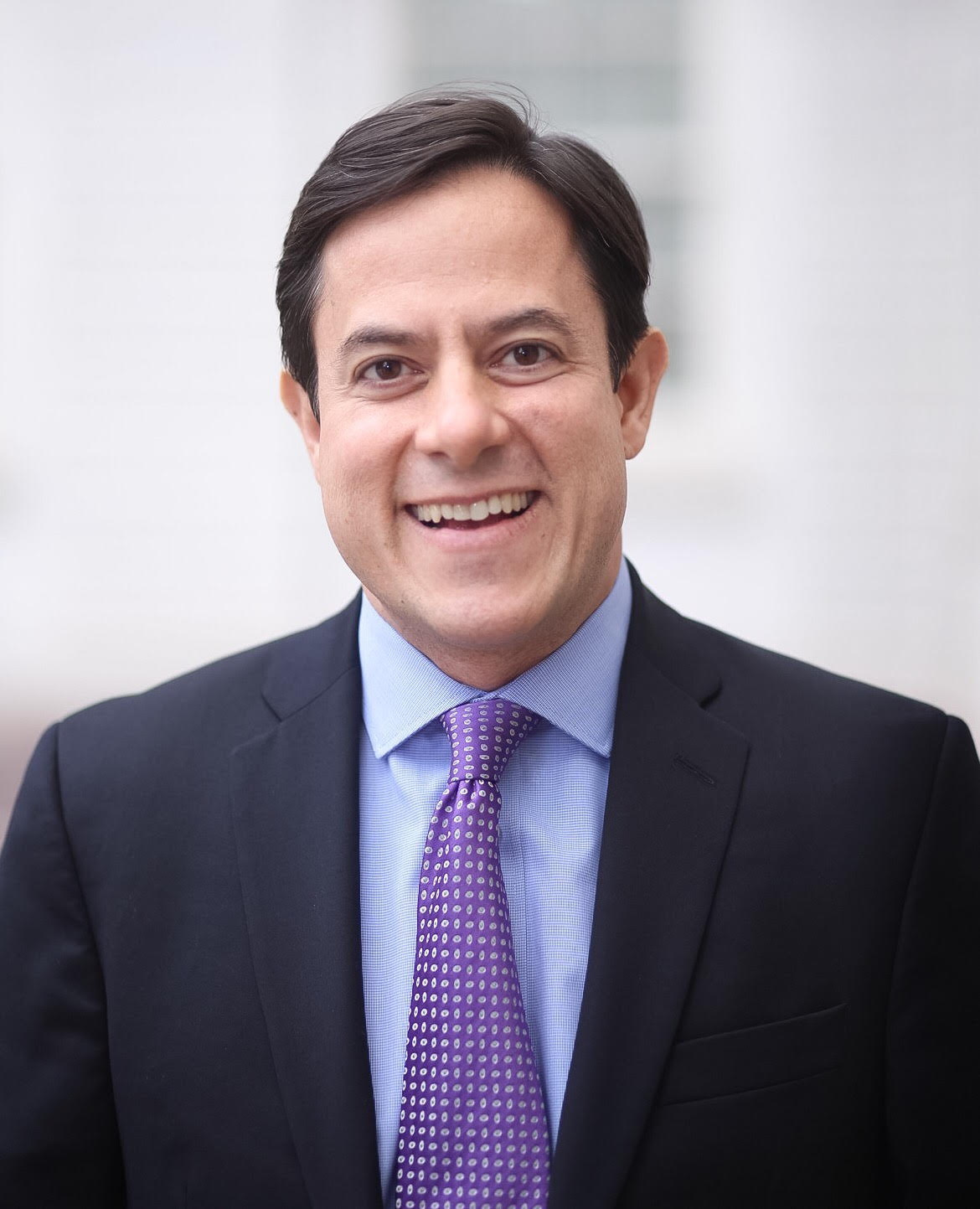Brooklyn businesses welcome new promise: Make NYC the ‘City of Yes’

The Brooklyn Chamber of Commerce hosted a meeting Wednesday for the borough’s business and civic leadership at the famed Wythe Hotel in Wiliamsburg.
Brooklyn Chamber Of Commerce President and CEO Randy Peers kicked off the event, featuring guest speaker Dan Garodnick, the Chair of the New York City Planning Commission (DCP), who presented an insightful snapshot of the City’s post-pandemic recovery meant to instill “reality check stats and a sense of hope” about the opportunities to support equitable, sustainable growth in the city.
The presentation began with familiar indicators of where the City stands today versus pre-pandemic, with weekday subway ridership down by about 35% compared to 2019, unemployment hovering around 5.7% (versus approximately 4%), and tourism in 2022 still falling short of 2019 numbers by about 10 million visitors, though trending higher in recent months.

Brooklyn Boro
View MoreNew York City’s most populous borough, Brooklyn, is home to nearly 2.6 million residents. If Brooklyn were an independent city it would be the fourth largest city in the United States. While Brooklyn has become the epitome of ‘cool and hip’ in recent years, for those that were born here, raised families here and improved communities over the years, Brooklyn has never been ‘uncool’.